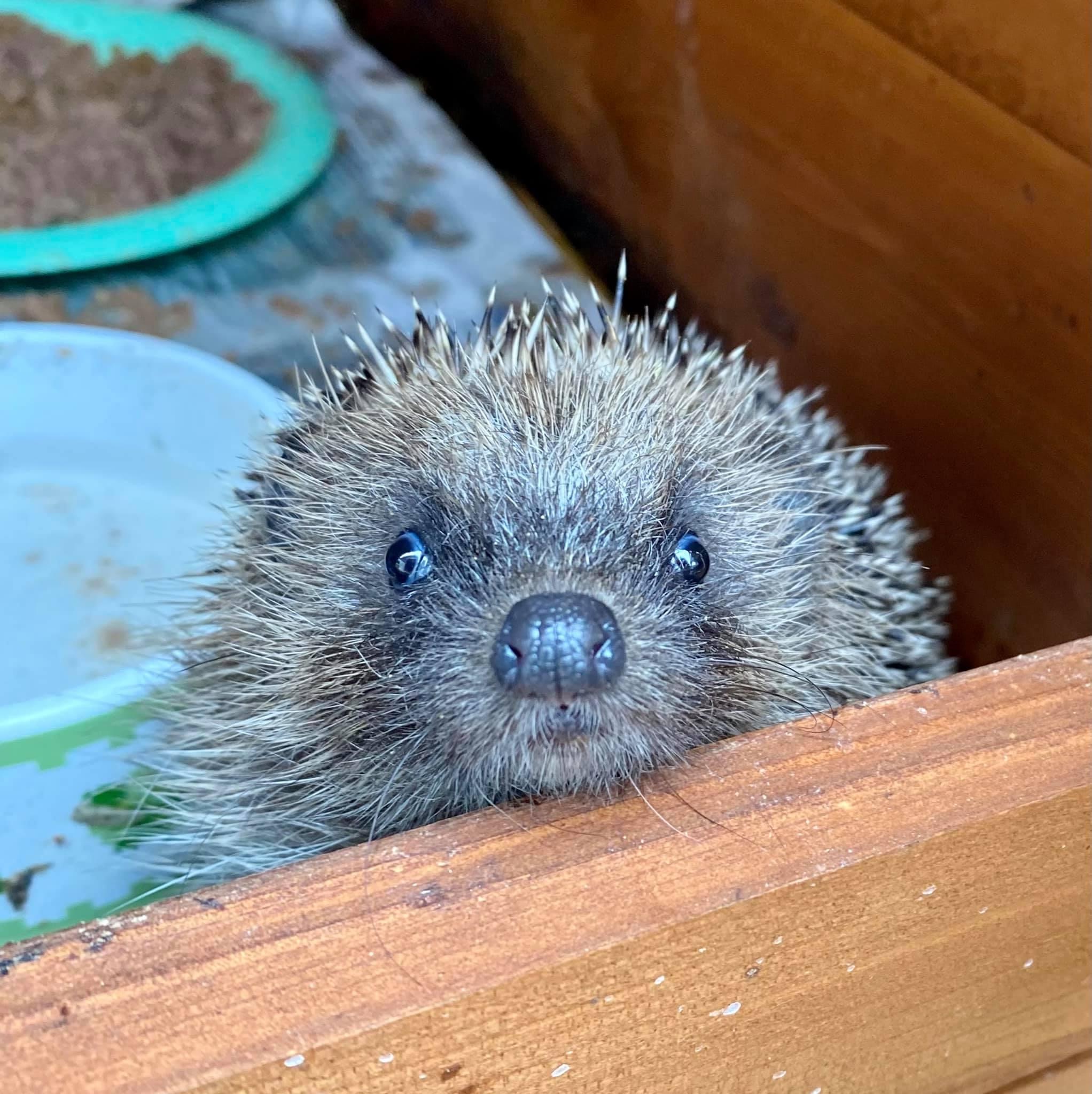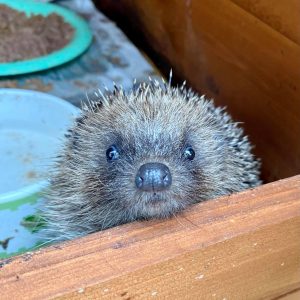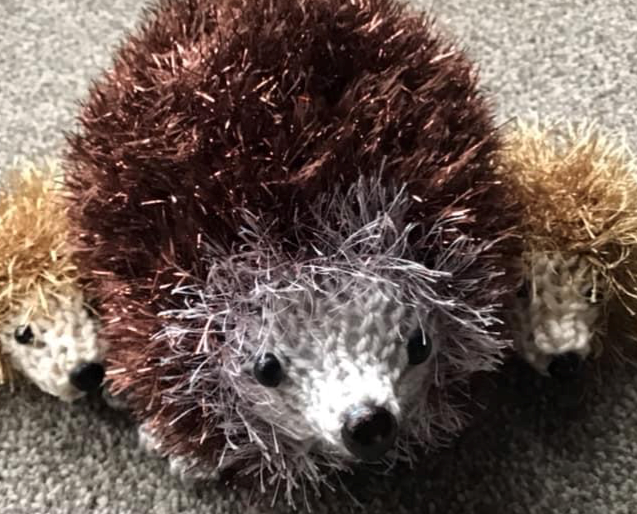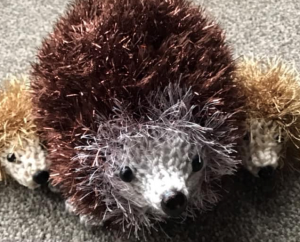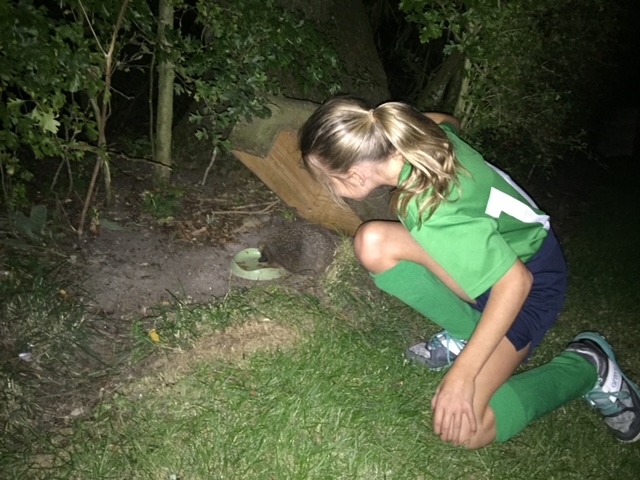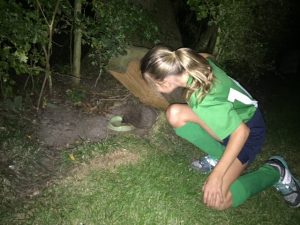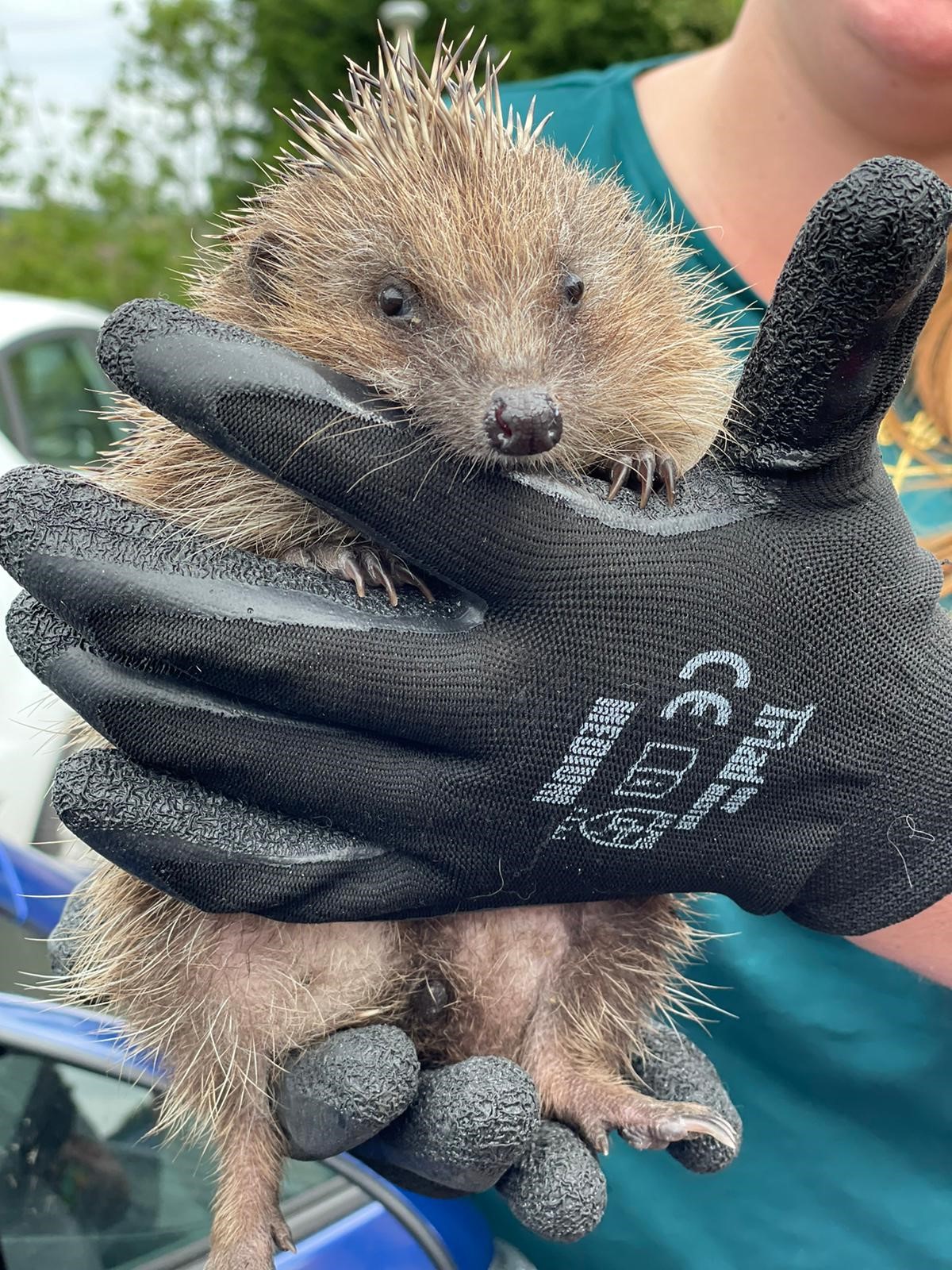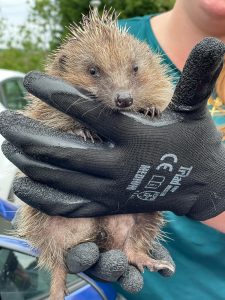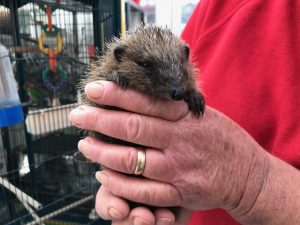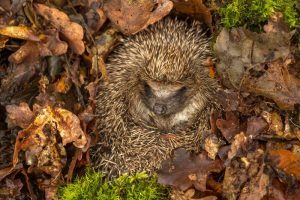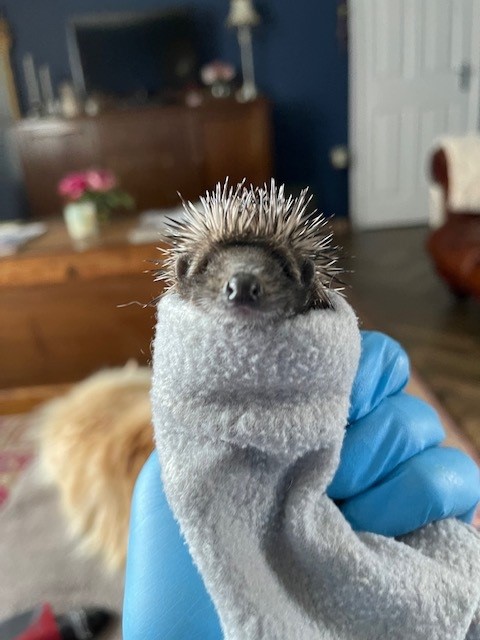

Meet Jacqueline Clarke, our Hedgehog Hero for October! Jacqueline is a hedgehog superstar and does everything in her power to spread the word about our elusive spiky friends. As well as spreading awareness, Jacqueline also runs a hedgehog hotel, where she and her team of volunteers care for poorly hedgehogs. We spoke to Jacqueline to find out a little bit more.
How did you first become interested in hedgehogs?
I have always had an interest in wildlife and I want to pass this down to my toddler. We’ve made our garden hedgehog friendly by adding nesting boxes and feeding stations. A few years ago, a friend found a 150 gram hedgehog that was struggling and she didn’t know what to do. I reached out to a local hedgehog advocate, Dave Lunn, for advice. He kindly offered to mentor me and taught me everything he knew. He advised me to do the Vale wildlife course and my rescue started from there.
What do you think is the best thing about hedgehogs?
In my opinion, the best thing about hedgehogs is that they are the gardener’s best friend. They help keep our gardens pest free when we allow them to have access and ingress. They’re elusive little creatures and this adds to their mystery and general cuteness.
What can we all do to promote hedgehog welfare?
Education is the key. I believe the younger generation have an important role to play and the more we can educate the public, the better. I use lots of different methods to educate people on my Facebook rescue page. I do talks, entirely free of charge, at primary/secondary schools/colleges in the local community. My aim is to help people to become more involved in helping hedgehogs in their gardens by offering supplementary food and water.
What is your process when it comes to caring for hedgehogs?
My process is as follows: hedgehogs are triaged by specifically trained ‘accident and emergency’ nurses, who give the first assessment. From there the hedgehogs will either go to my ICU, nursery nurses or creche facilities. We then screen samples for parasites and offer treatment accordingly. Once the hedgehog has fully recovered, they move into one of my ten creche facilities. Then, when the initial target weight has been reached they then go to foster care until they reach the weight desired to be ready for release.
Do you do any fundraising to raise money for hedgehogs?
I’m lucky to have some wonderful volunteers and followers of the rescue, who all work hard to raise funds including sponsoring and just giving etc. We’ve had some very generous donations from people who kindly donate the proceeds from auctioning personal items. Rescuers often stay involved for many years after they deliver a sick hog into my care and regularly donate.
Do you have any other plans for hedgehog welfare on the horizon?
My future plans for hedgehog welfare involve continuing to do regular talks in the local community. I’ve written many articles that are published in all the local newspapers and I’m heavily involved with radio and social media platforms. I have over 100 foster carers who are specifically mentored and trained for free and all I ask is each mentor passes the knowledge onto someone else. Paying it forward is our way forward!
What do you think the future looks like for hedgehogs?
Sadly, the future isn’t looking good at the moment but we can improve the outlook if we take action. Hedgehogs were recently moved on to the red list that is vulnerable to extinction in the UK. It’s critical that we do all we can to help because it would be a shame to lose them. That’s why educating the younger generation is the key. They’re our oldest living mammal and have been on the planet since prehistoric times. Many palaeontologists argue that they’ve been here between 25-27 million years from fossils found across the world. We must do everything we can to ensure their survival.
Thank you Jacqueline for all the amazing work you do! You can find the link to her rescue here. Think you have what it takes to be a Hedgehog Hero? Or do you know someone that is currently making a difference? Connect with us on social media and send us your nominations!


